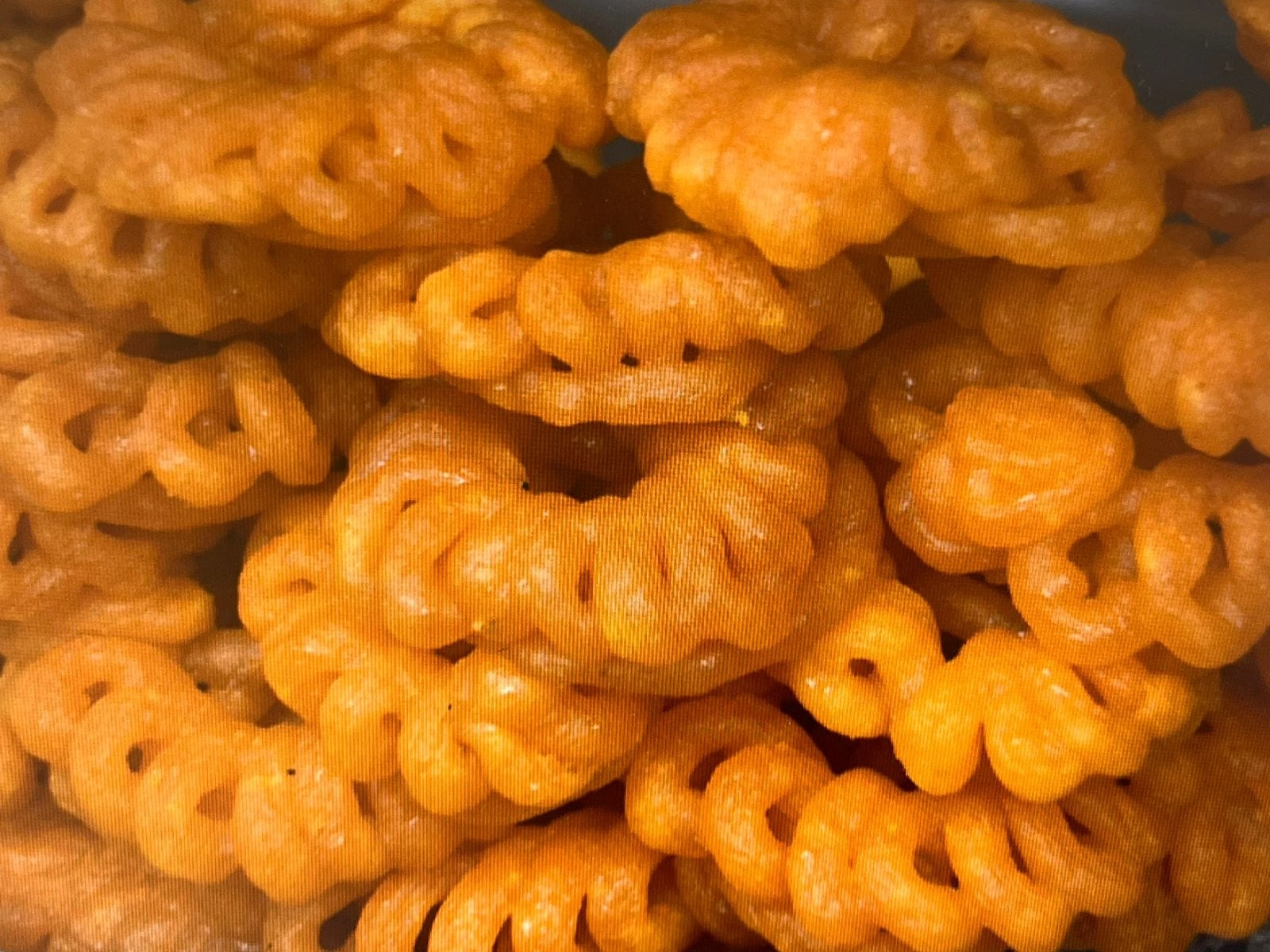Making the perfect idli, a traditional South Indian dish, can be a challenge, especially during the monsoon season when humidity levels are high. The process of fermentation is critical for achieving that fluffy texture and distinctive flavor that idlis are known for. However, the damp weather can hinder this essential step, often resulting in batter that fails to rise properly. To combat this issue, there are several fermentation tips that can help ensure your batter remains viable, even in the most challenging conditions.
One effective method is to create a warm environment for fermentation. Since yeast thrives in warmth, consider placing the batter in an oven with the light on or near a heat source like a stovetop that’s turned off but still warm. Alternatively, you can use a warm water bath by placing the batter bowl in a larger bowl filled with warm water. This technique helps maintain a consistent temperature, which is crucial for the fermentation process. Additionally, using a lid or covering the batter with a damp cloth can help retain moisture while preventing any contaminants from entering.
Another important tip is to incorporate naturally warm ingredients into your batter. For instance, soaking the rice and lentils in warm water before grinding can give your batter a head start. Using freshly ground batter can also be more effective, as the natural bacteria present in the grains are more active. If you find that your batter is still not fermenting well, consider adding a spoonful of yogurt or a pinch of sugar, which can provide a boost to the fermentation process. These simple adjustments can make a significant difference in the quality of your idlis, even when faced with the challenges of monsoon weather.
Lastly, keep a close eye on the fermentation time. In humid conditions, the batter may ferment more quickly than expected, so it’s essential to monitor it closely to avoid over-fermentation, which can lead to a sour taste. Aim for a balanced fermentation period, typically around 8 to 12 hours, depending on the ambient temperature. With these tips in mind, you can ensure that your idli batter rises beautifully, resulting in soft, fluffy idlis that are perfect for any meal, regardless of the weather outside. Embracing these methods will not only enhance your idli-making skills but also deepen your appreciation for this beloved dish.




